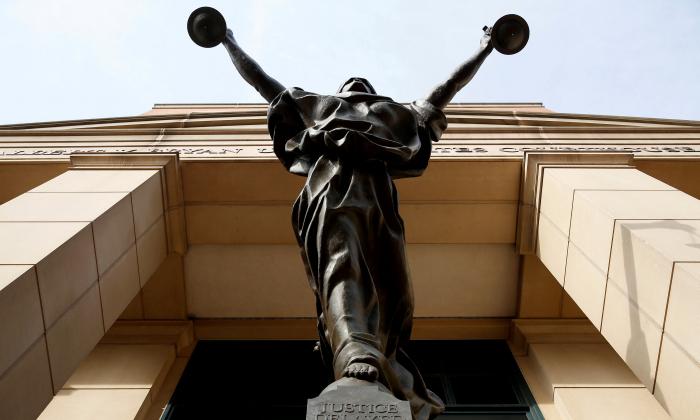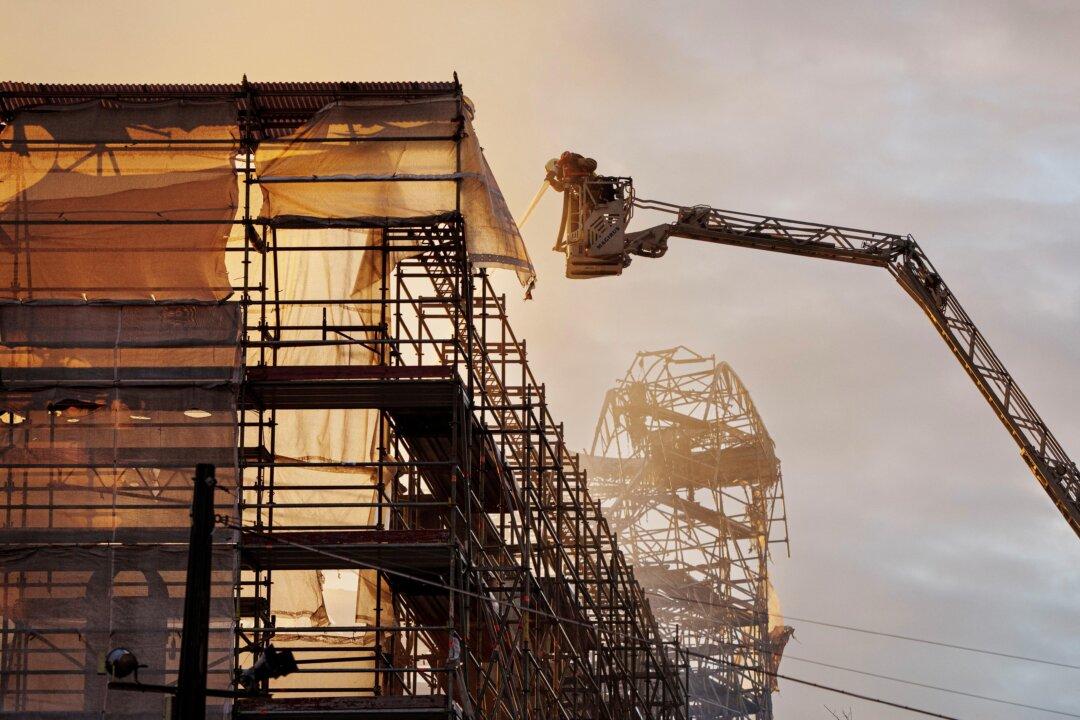WASHINGTON–Aided by fellow Republicans in the Senate, President Donald Trump is rapidly filling vacancies on appeals courts, moving some that had liberal majorities closer to conservative control in an ideological shift that could benefit his administration.
These 13 courts wield considerable power, usually providing the last word on rulings appealed from lower courts on disputes involving federal law.
Their rulings can be challenged before the Supreme Court, but most such appeals are turned away because the top court typically hears fewer than 100 cases annually. Eleven of the courts handle cases from specific multi-state regions, one handles cases from Washington, while another specializes in patent cases.
Presidents can reshape the federal judiciary with their appointments and seek to appoint judges they believe share their ideological leanings. Republicans typically strive to pick conservatives while Democrats generally aim to appoint liberals, all subject to Senate confirmation.
Although there are no guarantees a judge will rule the way a president might like, the number of Republican and Democratic appointees is generally an indicator of an appeals court’s conservative–liberal balance.
With the Republican-led Senate rapidly considering and confirming many of his judicial nominees, Trump already has appointed 26 appeals court judges. That is more than any other president in the first two years of a presidency, according to Russell Wheeler, a scholar at the Brookings Institution think tank, although he points out that there are more appellate judges now than in the past.
Trump’s Democratic predecessor, Barack Obama, appointed 55 in eight years as president.
Only four of the 13 federal appeals courts currently have more Republican-appointed judges than Democratic selections.
The two appellate courts closest to shifting to Republican-appointed majorities are the Atlanta-based 11th U.S. Circuit Court of Appeals and the Philadelphia-based 3rd U.S. Circuit Court of Appeals.
Trump already has made three appointments to the 11th Circuit, leaving it with a 6–6 split between Democratic and Republican appointees. The 3rd Circuit, to which Trump has made one appointment, now has a 7–5 Democratic-appointee majority, with two vacancies for Trump to fill.
Should further vacancies open up on those courts, Trump’s appointees would tip the ideological balance.
The ideological “flipping” of a judicial circuit, where cases typically are decided by panels of three judges, can have a direct impact on how cases are decided and new legal precedents established. Cases before circuit courts span a wide range of issues, from hot-button topics such as abortion and the death penalty to voting rights, regulatory and business disputes, employment law, and the environment.
Inherited Vacancies
Trump inherited a large number of vacancies, in part because the Senate, controlled by Republicans since 2015, refused to act on some of Obama’s nominees.There are currently 13 appeals court vacancies, six of them with pending nominees picked by Trump, according to the Administrative Office of the U.S. Courts.
Both the 11th Circuit and 3rd Circuit have major cases pending in which Trump appointees could make their mark.
An 11th Circuit three-judge panel on July 25 revived a civil rights lawsuit challenging the state of Alabama’s move to prevent the city of Birmingham from increasing the minimum wage. Alabama has asked for a rehearing, which would be heard by the entire 12-judge 11th Circuit if the request is granted.
In the 3rd Circuit, the Trump administration has appealed a lower court decision blocking the Justice Department from cutting off grants to Philadelphia over so-called sanctuary city policies limiting local cooperation with federal authorities on immigration enforcement.
When Obama took office in 2009 after Republican President George W. Bush’s eight years in office, the courts were tilted heavily toward Republican appointees, with only one having a majority of Democratic appointees. When Obama left office in 2017 after his own two four-year terms, nine of the 13 regional courts had majority Democratic-appointees.
Leonard Leo, who took leave from his role as executive vice president of the Federalist Society to advise the White House on judicial nominations, said there is “tremendous desirability to flipping circuits that are majority liberal activists.”
Flipping courts that have solid Democratic-appointee majorities will be difficult for Trump. The San Francisco-based 9th U.S. Circuit Court of Appeals has seven vacancies and Trump has already filled one. Even if Trump fills all of them, Democratic-appointees would still hold a 16–13 majority.
Trump and conservative allies have criticized the 9th Circuit for high-profile rulings against his administration including over the legality of the president’s ban on people entering the United States from certain countries which present a high risk of terrorism. The Supreme Court, with its conservative majority restored by Trump appointee Neil Gorsuch last year, in June upheld the travel ban policy.






Friends Read Free